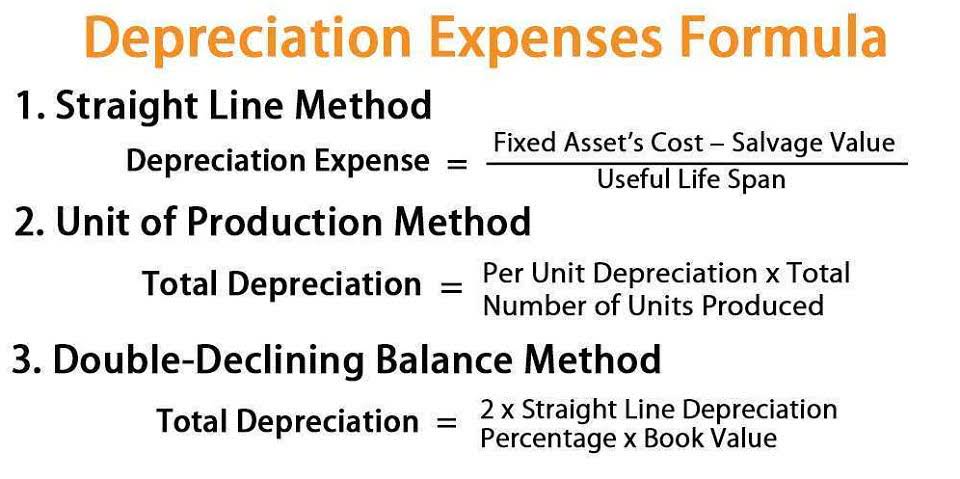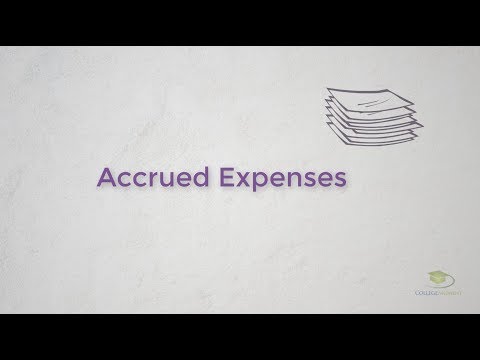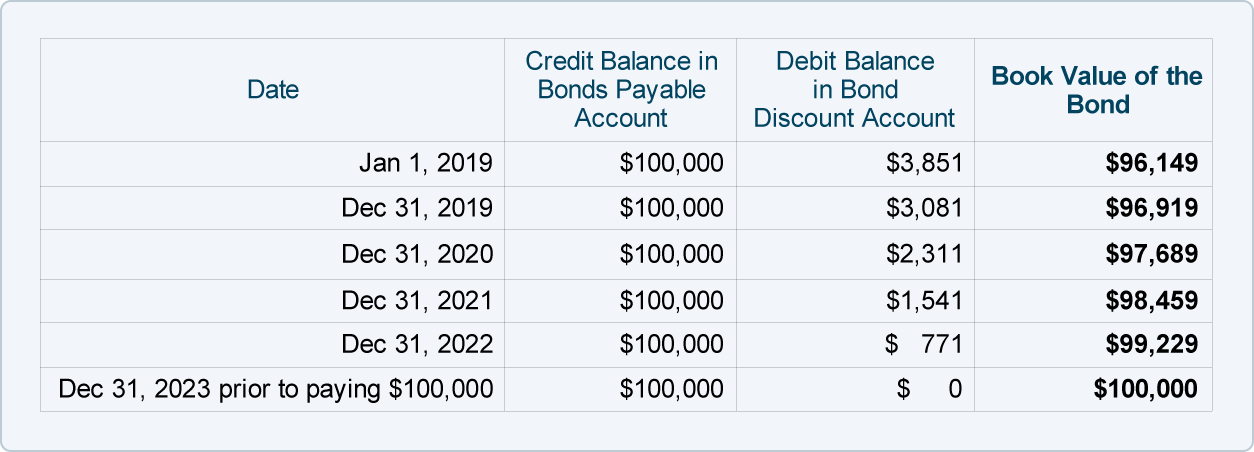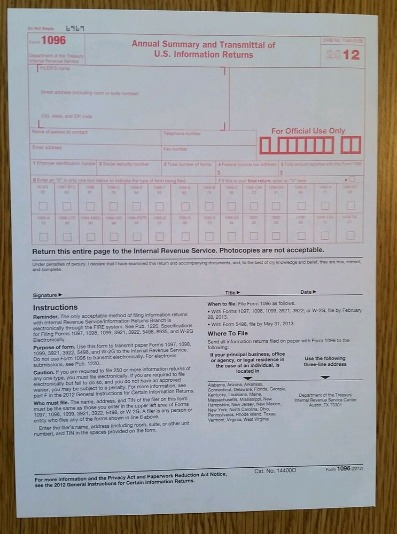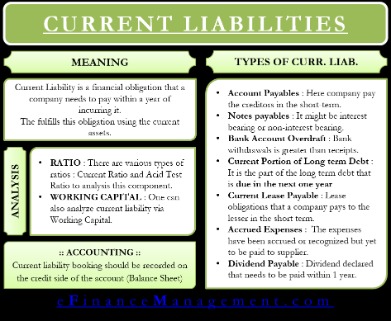
Examples of liabilities include loans, tax obligations, and accounts payable. For an organization, its net fixed assets play a vital role not just in its overall net worth but also in its daily activities. Two major types comprise to make net fixed assets of an organization. Accounts Payables, or AP, is the amount a company owes suppliers for items or services purchased on credit.
Property, Plant, and Equipment FAQs

For example, a company may buy land (a capital asset), then deploy money and labor to build a building, warehouse, or manufacturing plant. Each of these structures is a capital asset that would likely provide long-term benefit to the company. Goodwill is created on a company’s balance sheet when it purchases another business for more than the fair market value of its net assets (meaning assets minus liabilities). Land refers to the ground and any other resource that exists on or below it. The buildings are considered to be the structures that are built on that land which may include warehouses, retail outlets, factories, offices, etc. In this example, Apple’s total assets of $323.8 billion is segregated towards the top of the report.
Straight Line Method
In this article, we’ve explained the concept of plant assets in very detail. We hope you’ll know the difference between plant assets and other non-current assets and the accounting treatment. Once they own the land, they might make it better with landscaping, parking lots, and sidewalks.
- They consist of long-term tangible property that businesses use to produce goods and services.
- Each asset serves a certain purpose in how it helps a business, and it is more advantageous to focus on their functions rather than their relative worth as long as they serve entities well.
- You may see it listed as capital spending, purchases of property, plant, and equipment (PP&E), or acquisition expenses.
- There is a further classification of tangible and intangible non-current assets.
- The same goes for real estate companies that hold buildings and land under their assets.
TCP CPA Exam: How to Calculate U.S. and Foreign Source Income Given a Specific Scenario
There are several methods to calculate depreciation, but all reflect how assets lose value over time. In actual practice, it is not only difficult but impractical to identify how much of the plant assets have actually been used to produce business revenue. Hence, we will calculate depreciation proportionately based on the useful https://x.com/BooksTimeInc lives of the plant assets.


Some liabilities are considered off the https://www.bookstime.com/ balance sheet, meaning they do not appear on the balance sheet. Enter your name and email in the form below and download the free template now! You can use the Excel file to enter the numbers for any company and gain a deeper understanding of how balance sheets work. Making continual improvements and continuously reviewing the quality of assets is an important part of keeping a company healthy. Improvements should be done on a regular basis or when a scenario necessitates intervention to extend the life of assets and avoid future issues with their capacity to serve a business. Improvement for one company will very certainly differ dramatically from that of another.

Liabilities
It can be looked at on its own and in conjunction with other statements like the income statement and cash flow statement to get a full picture of a company’s health. Property, Plant, and Equipment (also known as PP&E) capture the company’s tangible fixed assets. Some companies will class out their PP&E by the different types of assets, such as Land, Building, and various types of Equipment. The possessions of value owned by companies can include tangible assets and intangible assets.
While current assets help provide a sense of a company’s short-term liquidity, long-term fixed assets do not, due to their intended longer examples of plant assets lifespan and the inability to convert them to cash quickly. Current assets are short-term economic resources that are expected to be converted into cash or consumed within one year. Current assets can include cash and cash equivalents, accounts receivable, physical inventory, and various prepaid expenses.
- As the fixed assets last longer, the expenses are divided over the item until they’re useful.
- These assets are not for sale to customers but are necessary for the business to carry out its operations.
- The cost of net of property plant and equipment shall be recognized as an asset only if it is probable that future economic benefits will flow to the entity, and its cost can be reliably measured.
- Without cash, inventory, or other items that turn over during the normal cycle of business, the company couldn’t operate.
- The straight-line method is the most commonly used method in most business entities.
- Long-term assets are considered to be less liquid, meaning they can’t be easily liquidated into cash.
Capital expenditures are less predictable than operating expenses that recur consistently from year to year. A company that buys expensive new equipment would account for that investment as a capital expenditure. It would therefore depreciate the cost of the equipment throughout its useful life. CapEx can be found in the cash flow from investing activities in a company’s cash flow statement. You may see it listed as capital spending, purchases of property, plant, and equipment (PP&E), or acquisition expenses.

